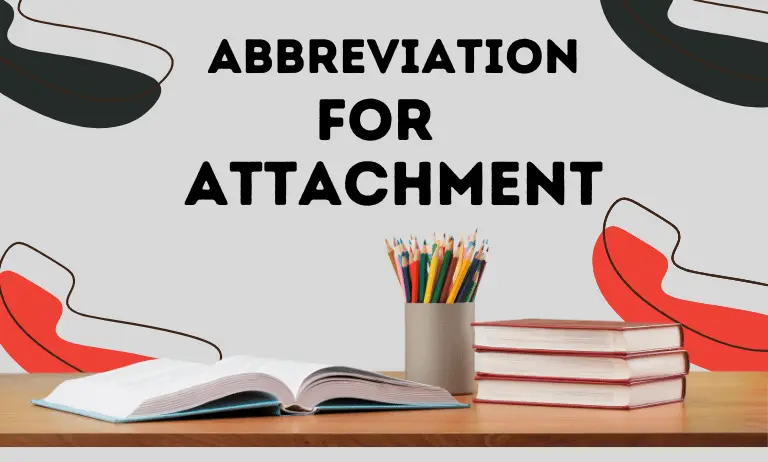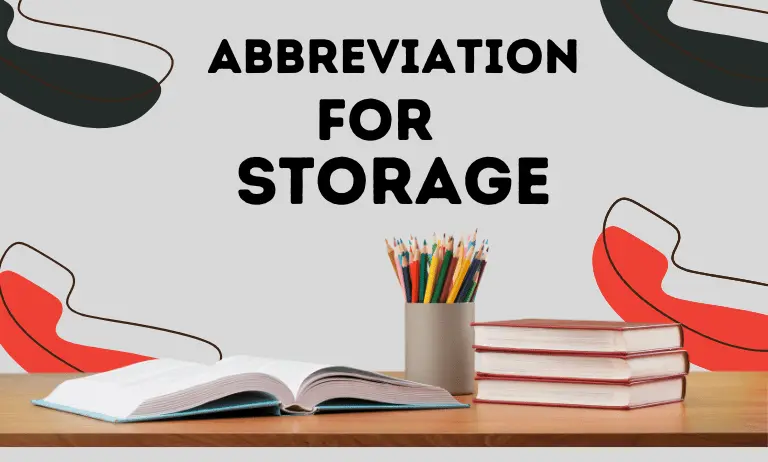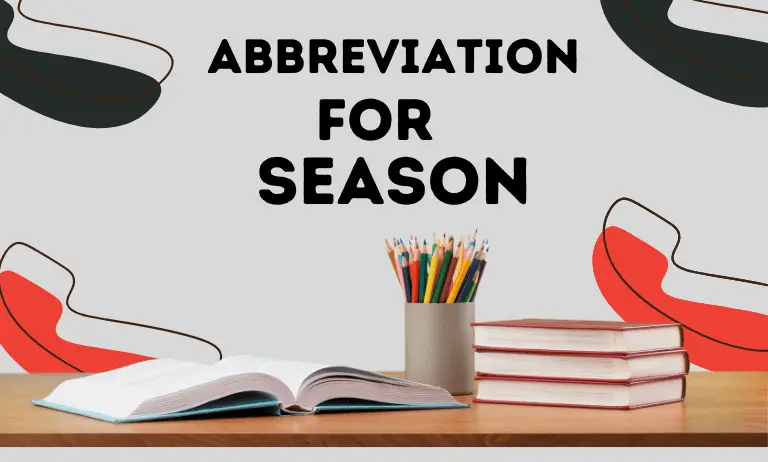3 Adverb And It’s Classification – How to Improve Grammar?

3 Importance of Adverb And It’s Classification In Daily Life
An adverb adds something to the meaning of a verb or modifies the meaning of a verb. Also, Adverb and it’s classification tell us how the action of the verb is done.
I.e. Fast, slowly, smoothly, quickly, randomly, early, 10 a.m. etc. are few adverbs.
Note: The adverb is always used after the verb.
Many adverbs are formed by adding “ly” at the end of adjectives like slow-slowly. However, if the adjective ends in “y” remove the “y” and add “ily” like happy-happily.
Adverb and it’s classification used in sentences:
Adverb And It’s Classification
There’re 3 famous types of adverbs.
- Let’s start discussion with the details of its types with each meaning and use in example sentences.
1. Simple Adverbs
A simple adverb is that which does nothing more than quality the word with which it’s used.
These’re divided according to their meaning into the following types.
Adverbs of Manner
They tell us of the way or manner in which an action is done.
I.e. Well, ill, badly, clearly, sadly, soundly, so, hard, bravely, etc are some adverbs of manners.
Adverb of Manner used in sentences:
Adverbs of Time
Adverbs of time show the time of an action.
I.e. After, before, lately, daily, formerly, ago, late, since, never, shortly, recently, and so on are some adverbs of time.
Adverb of Time used in sentences:
They tell us of the place where some action is being done.
I.e. Everywhere, here, out, away, elsewhere, outside, within, below, etc are few adverbs of place.
Adverb of Place used in sentences:
Adverbs of Frequency or Number
These tell us how often or how many times or how frequently an action is done.
I.e. Always, twice, frequently, often, thrice, once, seldom, usually, etc are few adverbs of frequency or number.
Note: This kind of adverbs includes nearly all those adverbs which are derived from adjectives that end in -ly.
Adverb of Frequency or Number used in sentences:
Adverbs of Degree or Quality
These tell us the quality or degree an action is done.
I.e. Almost, how much, too, fully, altogether, no better, rather, partly, etc are few adverbs of degree or quality.
Note: These’re usually used before the form of a verb.
Adverb of Degree or Quality used in sentences:
Adverbs of Reason
Adverbs of reason tell us why some action was done or not.
I.e. Hence, therefore, consequently, accordingly, likewise, etc are some adverbs of reason.
Adverbs of Reason used in sentences:
2. Interrogative Adverbs
The adverbs which are used for asking questions are called interrogative adverbs, like simple adverbs, these adverbs are used to denote time, place, number, manner, quality or state, quantity or degree, cause or reason.
I.e. When, how long, how many, how often, where, how far, why, how slowly, are few interrogative adverbs.
Note: These’re usually at the beginning of the sentences.
Interrogative Adverbs used in sentences:
3. Relative or Conjunctive Adverbs
A relative or conjunctive adverb is that which not only modifies some word in its own clause, but also connects the clause in which it occurs with the rest of the sentence.
Note: A relative adverb also refers to some antecedent, expressed or understood.
Relative or Conjunctive Adverbs used in sentences:
FAQs
Conclusion
Check out this article adverb and it’s classification to learn more about English rules in detail. Furthermore, read through this article on adverbial phrases to learn what they are. In short, we reached a point where we can say that unlike other parts of speech, adverbs can be placed at any part of the sentence (beginning, middle or end), and make complete sense without sounding absurd. Thanks for reading.






